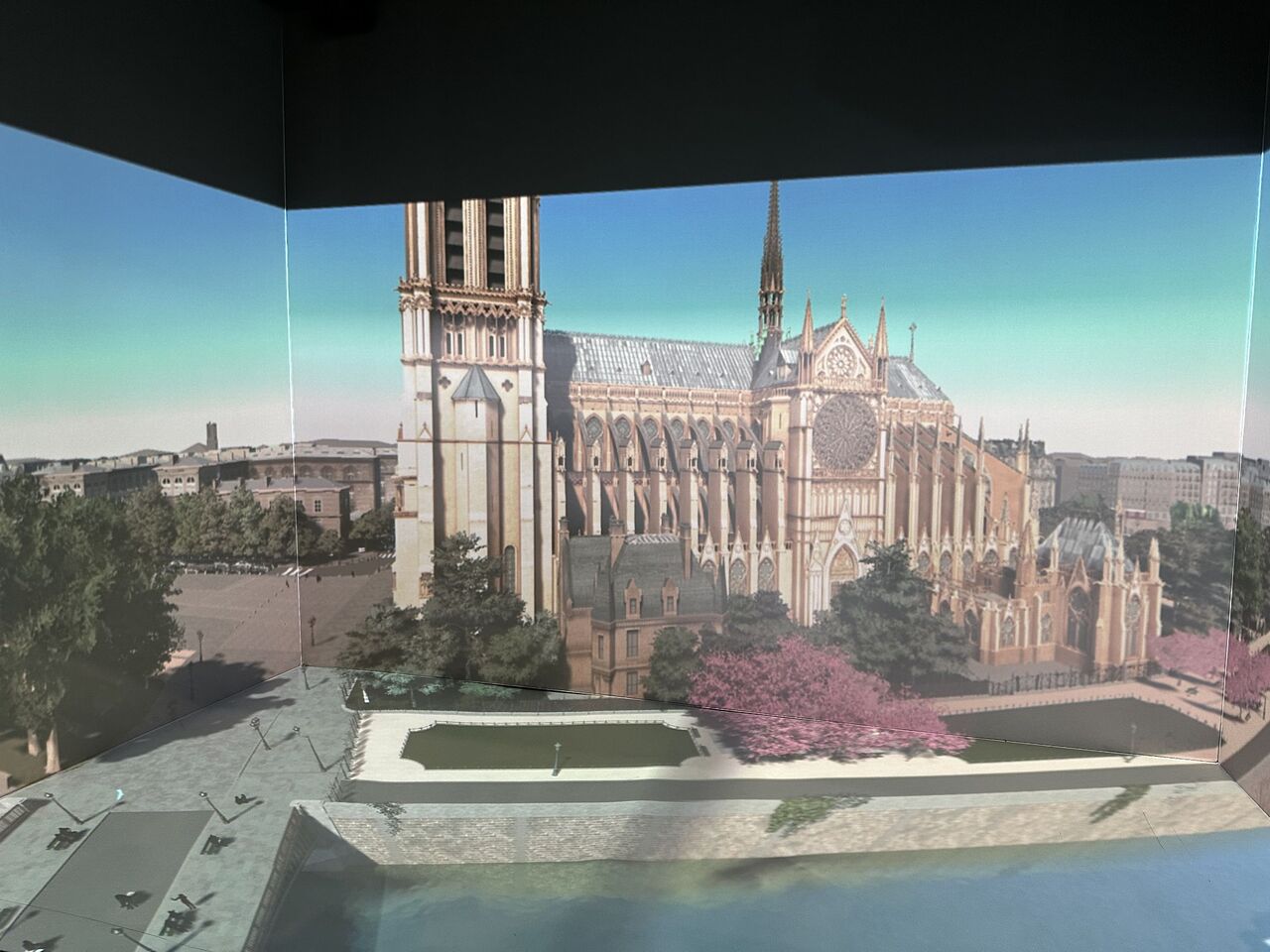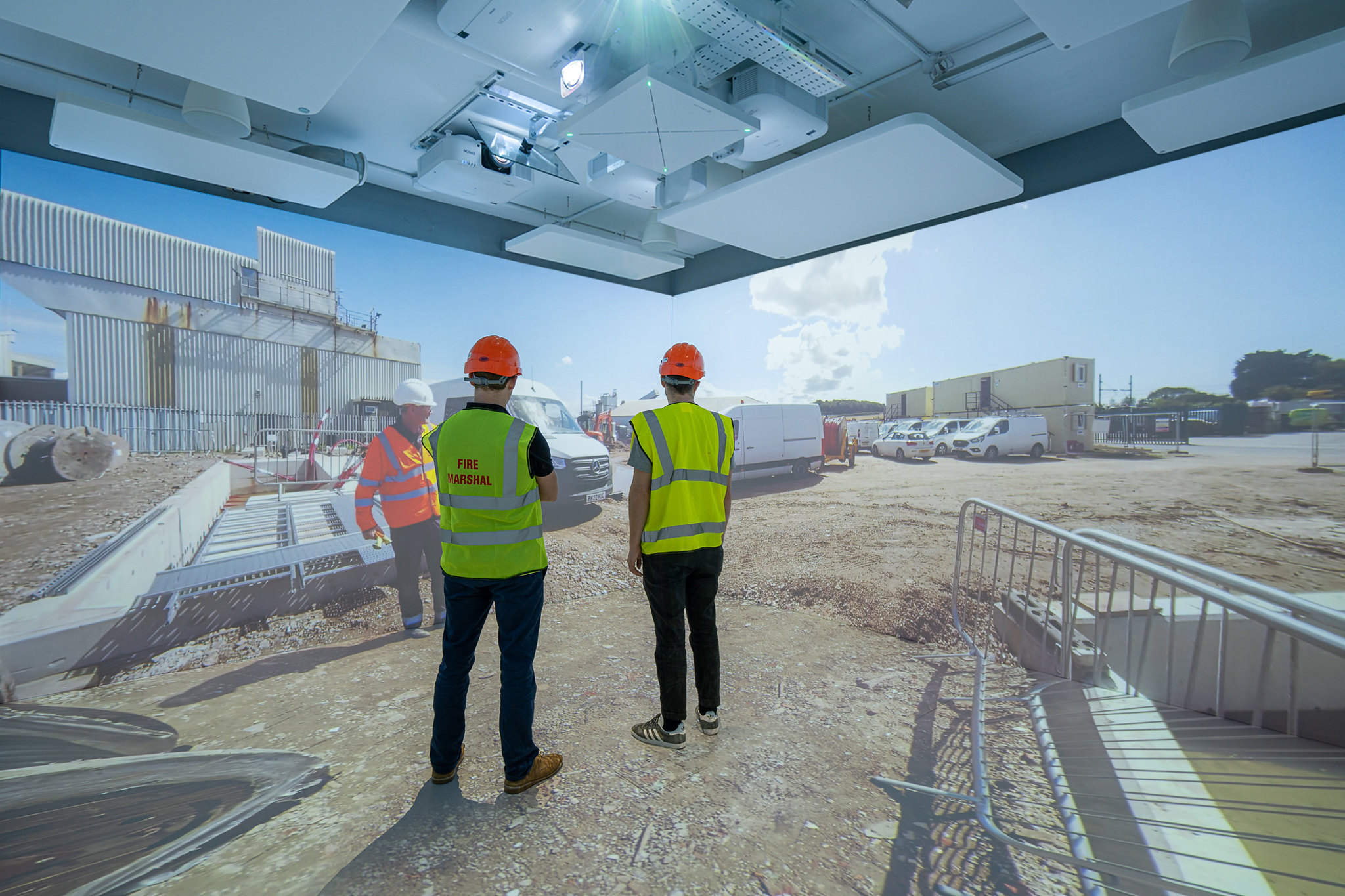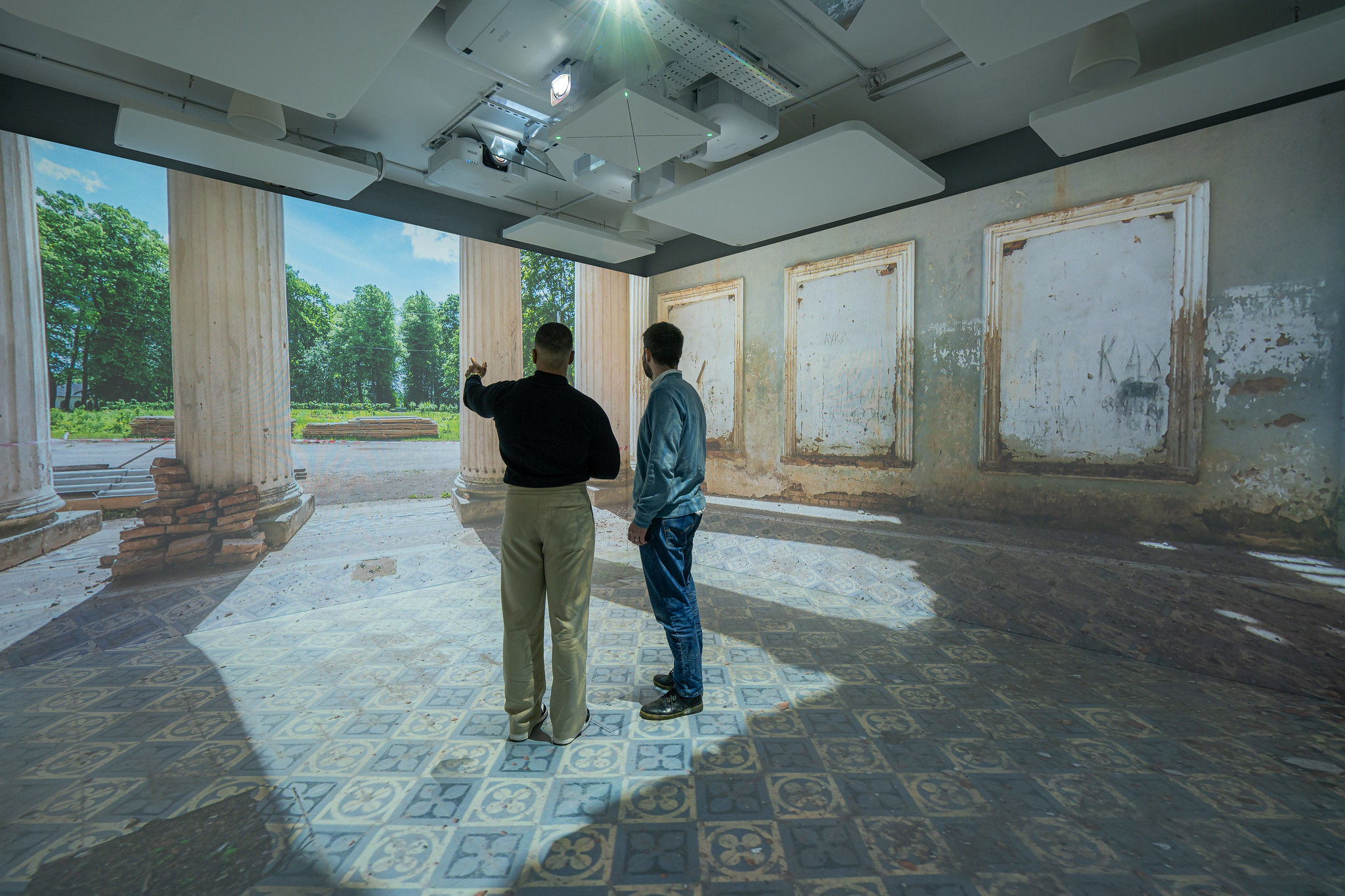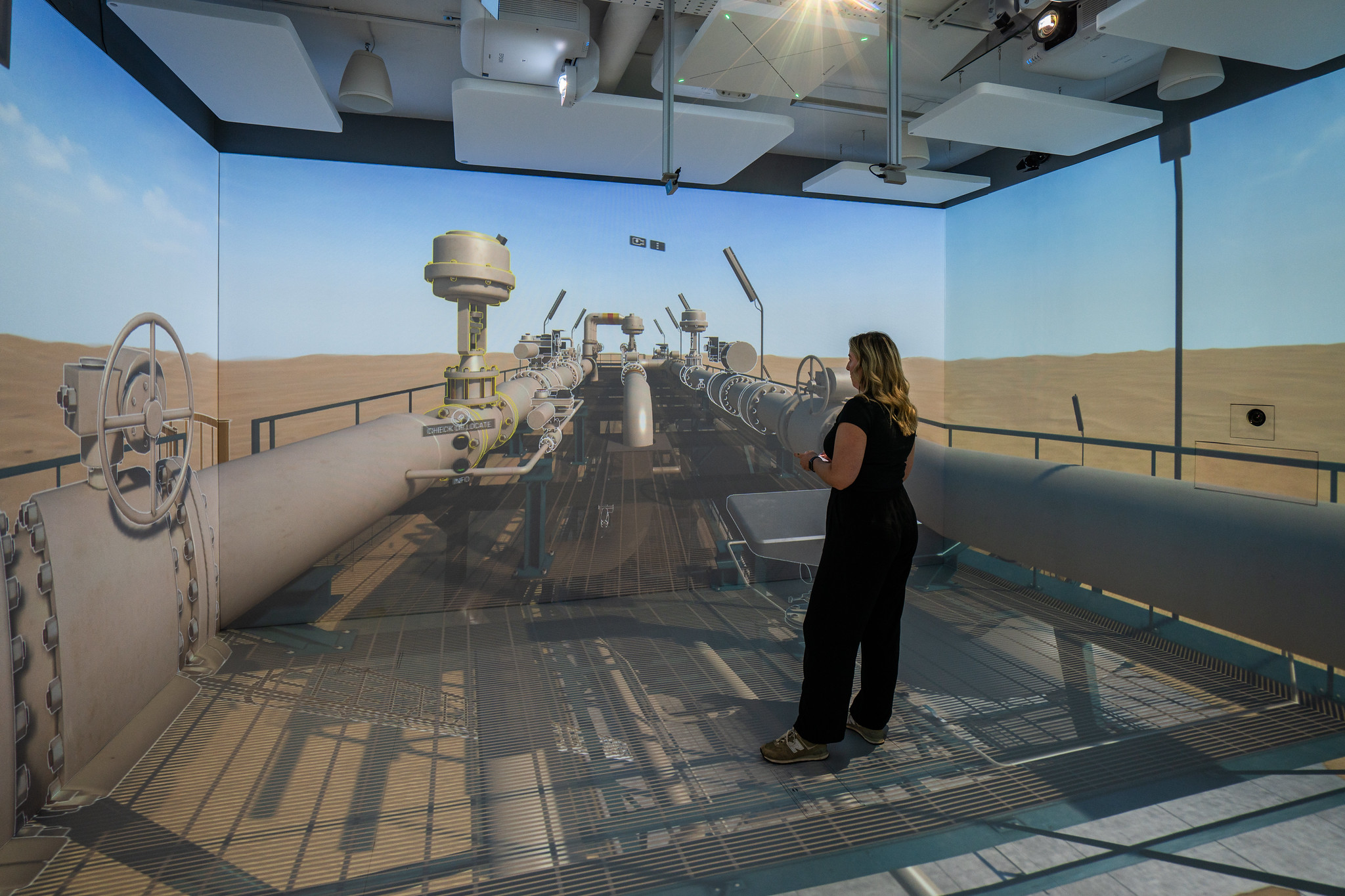
What are the benefits of immersive training compared to e-training?
6th January 2025
Training is an essential part of any business – ensuring safety, optimising operations, and extending best practices across the board.Yet all…
When Autodesk invited us out to Lyon for the WorldSkills International final, we knew it was an offer we couldn’t refuse.
This competition celebrates the vocational talents of young students from over 89 countries, that’s an area that covers two-thirds of the global population.
And it certainly lived up to the hype, with some standout sights including student-built autonomous robots navigating assault courses, entire gardens getting landscaped, and bricklayers building stunning patterned walls.
With all this talent around us, we knew we had to play our part.
And, with a helping hand from the great people at Autodesk, we were able to show off some absolutely stunning content – including a fully navigable and highly detailed model of the Notre Dame cathedral. This model is so accurate in fact, that it is being used by the French government as part of the restoration effort.

Seeing all these amazing skills under one roof got us thinking. At Igloo, we often talk about our ‘any content, in any format, in any space’ approach, but Igloo Core Engine has also been tailor-made to provide real value across the entire curriculum and beyond.
Our fastest-growing sector is education, and we’re seeing more and more education clients unlock the full potential of learning with Igloo, in ways we never envisioned our technology could.
So, if you’re an educator looking for inspiration on how to use a shared immersive space, then read on for some use cases - inspired by the amazing talent at WorldSkills:
Craft repeatable training scenarios, with no risk
As we watched the competitors take to their chosen field we thought about the training and hours they must have put in to reach the level they’re at. Particularly in the engineering, building, and manufacturing categories which all carry a level of inherent risk.
One of the main advantages of using immersive tech is the ability to avoid this risk whilst still maintaining the level of realism necessary to engage learners properly. And, you can expose students to environments and equipment that may otherwise be impossible (or certainly more expensive) to do.

Inspire students with virtual field trips
One of the most intriguing competitions that we saw taking place was landscape gardening. We watched barren plots of land gradually flourish into fully-fledged vistas complete with working water features.
One of the most common uses educators find for our immersive spaces is as a tool to transport students to wonderful environments such as these. We’ve seen Igloo spaces used for food and drink tours of the Amalfi coast, enchanted forests as a backdrop for readings of Macbeth, and even as a lunar capsule for rocket rides to the moon.
So, if you’ve been looking to inspire your students (and don’t currently have access to a rocket ship) then look no further than an Igloo immersive space.

Design visualisation
Right next to our open-fronted cylinder, the computer design competitors were meticulously crafting 3D models and sketches.
And, seeing as we had a model of our own with us, we couldn’t help but reflect on how immersive spaces truly bring these models to life.
They allow for an interrogation of models and data that is simply not otherwise possible and give the truest possible sense of scale and clarity to those viewing. Outside of education, many of our clients in the AECO industries use Igloo for this very reason – increasing stakeholder engagement and quickening sign-off.

Want to learn more about how shared immersion is redefining the rulebook for education?
You can read our blog post on why education is betting big on immersive. And, if you want more ideas on how to get the most out of your immersive space, there’s plenty more info on Igloo for education.
 The top features of our software for immersive spaces.
The top features of our software for immersive spaces. How Shared Immersive Technology Delivers Value Across the Entire Energy Asset Lifecycle
How Shared Immersive Technology Delivers Value Across the Entire Energy Asset Lifecycle What are the benefits of immersive training compared to e-training?
What are the benefits of immersive training compared to e-training? Evolution Of Virtual Reality
Evolution Of Virtual Reality What Is The Business Case For Immersive Spaces?
What Is The Business Case For Immersive Spaces? Using Immersive Spaces To Elevate Your Business
Using Immersive Spaces To Elevate Your BusinessCategories: Education

6th January 2025
Training is an essential part of any business – ensuring safety, optimising operations, and extending best practices across the board.Yet all…

3rd July 2020
So, we’ve noticed a new study making waves across LinkedIn this past week. It’s been commissioned by PwC to investigate the value of …

19th May 2020
Michigan State University (MSU) launched a brand-new Digital Scholarship Lab in 2018. The 10,000 sq. ft space is the first of its kind across the…